Peeling
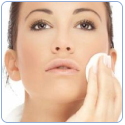
What are the skin problems where chemical peeling is helpful?
Chemical peeling is useful in: Melasma, pigmentation (dark circles), skin discoloration like pigmentation due to sun exposure ( photo), pregnancy, birth control pills, drug reaction, post-inflammatory hyperpigmentation i.e. pigmentation as a result of a healing skin disease or infection. ?Superficial scars as a result of acne, Freckles and lentigenes, Fine wrinkles, Dilated pores.
How is chemical peeling performed?
Chemical peeling is an office procedure. It does not require any hospitalization. After properly studying the skin type and its sensitivity, the dermatosurgeon decides on the type of peeling agent or agents and their concentration. The selection of the chemical agent also depends on the extent and depth of skin damage. The skin is first cleaned with soap water to remove excess oil. The peeling agent is then applied gently onto the lesion or on the full face till the 'end point' is achieved. During or shortly after the procedure, the patient might experience warmth or stinging sensation for a few minutes. pigmentation persists, the procedure can be repeated after 3 weeks.
After a superficial peel, redness appears and there is peeling of skin over three to seven days. It helps your skin to get rid of dead cells, promote cell renewal, clean pores and improve its texture and elasticity by accelerating natural processes in your skin.
 Hyaluronic Acid - Restylane®
Hyaluronic Acid - Restylane® 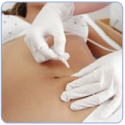 Carboxy therapy
Carboxy therapy 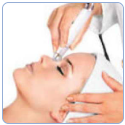 Dermatology Surgery
Dermatology Surgery  Eyelashes growth
Eyelashes growth 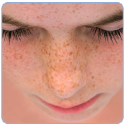 Cryosurgery
Cryosurgery  Laser Hair Removal
Laser Hair Removal  Clinic Dermatology
Clinic Dermatology 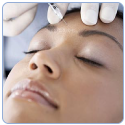 Cosmetic Dermatology
Cosmetic Dermatology  Pediatric Dermatologist
Pediatric Dermatologist 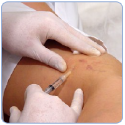 Sclerotherapy
Sclerotherapy 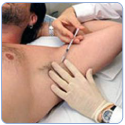 Hyperhidrosis
Hyperhidrosis 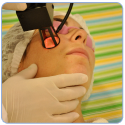 Fractional Laser C02 Treatment
Fractional Laser C02 Treatment 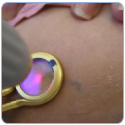 Vascular Laser Therapy
Vascular Laser Therapy 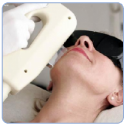 Intense Pulsed Light (IPL) Therapy
Intense Pulsed Light (IPL) Therapy 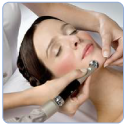 Microdermoabrasion
Microdermoabrasion  Peeling
Peeling  Psychology and Life coaching
Psychology and Life coaching  Radiofrequency
Radiofrequency  Hand Rejuvenation Therapy
Hand Rejuvenation Therapy  Laser Tattoo Removal
Laser Tattoo Removal 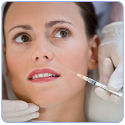 Botox
Botox 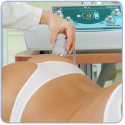 Ultracavitation
Ultracavitation 